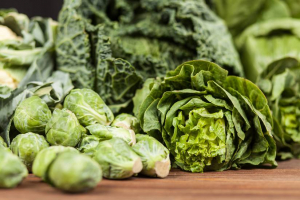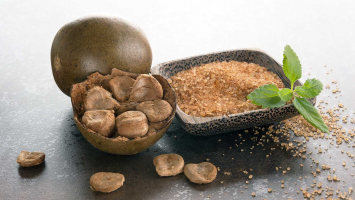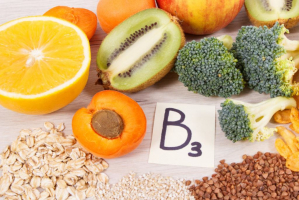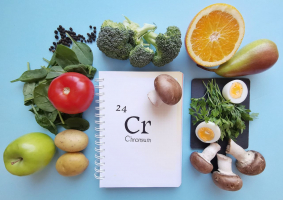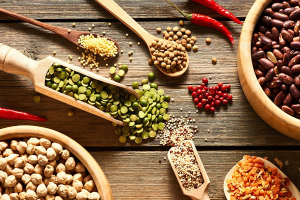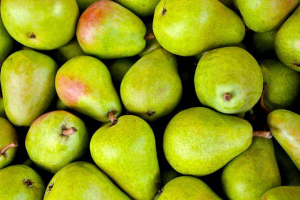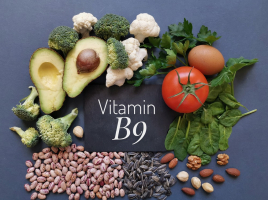Top 9 Bitter Foods That Are Good for You
Bitter foods receive a poor image in the culinary world because their strong tastes might turn off fussy consumers. Bitter foods, on the other hand, are ... read more...extremely nutritious and contain a wide range of plant-based compounds with considerable health advantages. Some of these advantages include a decreased risk of several diseases, such as cancer, heart disease, and diabetes, as well as the improved gut, eye, and liver health. Here are the best bitter foods that are beneficial to your health.
-
A bitter melon is a green, lumpy, cucumber-shaped melon with a bitter taste. It's popular in Asia, Africa, and the Caribbean, but less so elsewhere. Bitter melon contains phytochemicals such as triterpenoids, polyphenols, and flavonoids, which have been demonstrated in both test-tube and animal experiments to prevent the growth of several forms of cancer. It's also utilized in natural medicine to assist diabetics to drop their blood sugar levels.
4-week research discovered that taking 2,000 mg of dry, powdered bitter melon every day dramatically reduced blood sugar levels in diabetics — but not as much as a typical diabetes treatment. A bigger study showed mixed outcomes in humans and concluded that the data is insufficient to prescribe bitter melon supplements to diabetics. Bitter melon, like most bitter foods, is high in antioxidants, which help prevent free radical cell damage and may lower your risk of heart disease and diabetes.
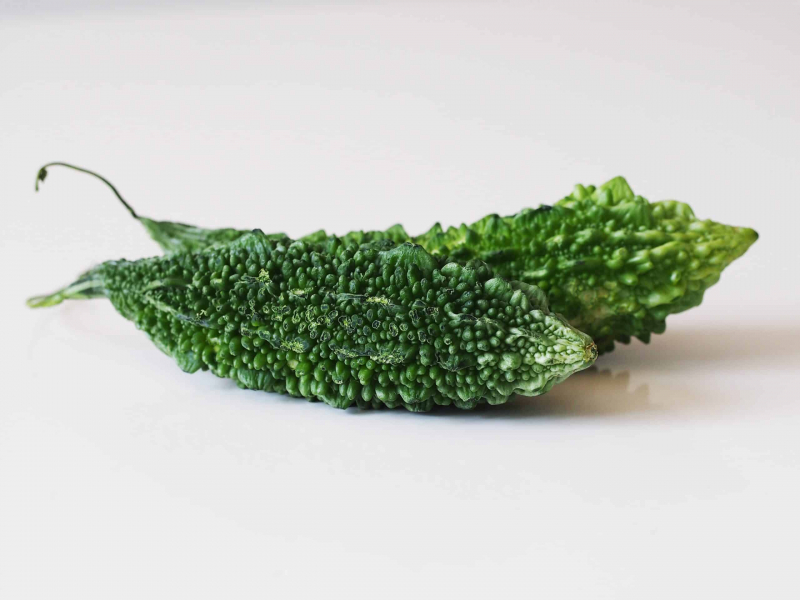
Bitter Melon 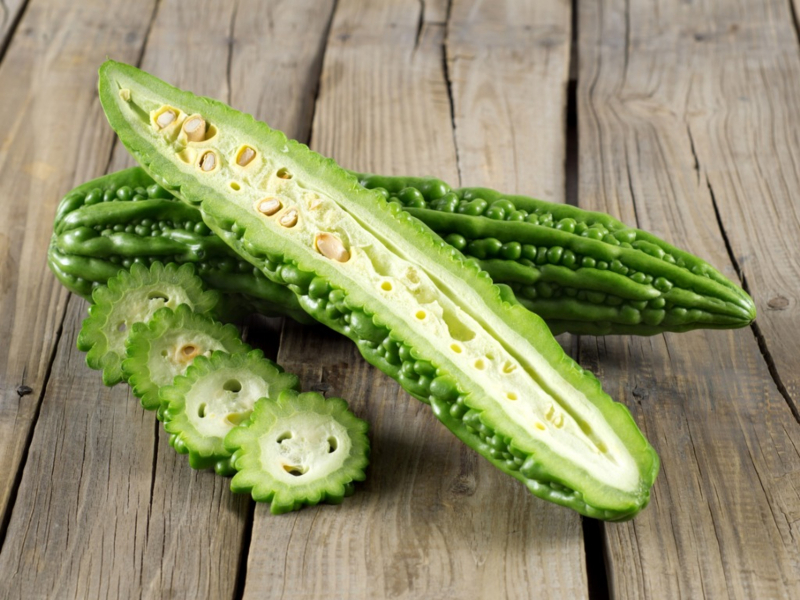
Bitter Melon -
Broccoli, Brussels sprouts, cabbage, kale, radishes, and arugula are among the bitter-tasting vegetables of the cruciferous family. These foods contain glucosinolates, which give them their bitter taste and account for many of their health advantages. Glucosinolates have been found in animal and test-tube research to reduce the development and spread of cancer cells, but these findings have not been reliably confirmed in human investigations. While some research indicates that persons who consume more cruciferous vegetables have a decreased risk of cancer, not all studies agree.
Some experts suggest that the variation is related to genetic variances between persons, as well as natural changes in glucosinolate levels caused by vegetable growth circumstances and cooking methods. More investigation is required. Glucosinolates in cruciferous vegetables help your liver enzymes handle toxins more efficiently, minimizing their harmful effects on your body in addition to their possible cancer-fighting properties. While there are no official recommendations, some evidence shows that consuming at least five servings of cruciferous vegetables each week delivers the most health advantages.
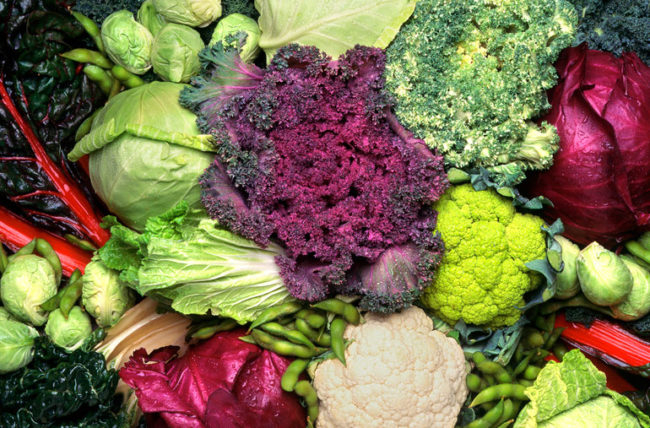
Cruciferous Vegetables 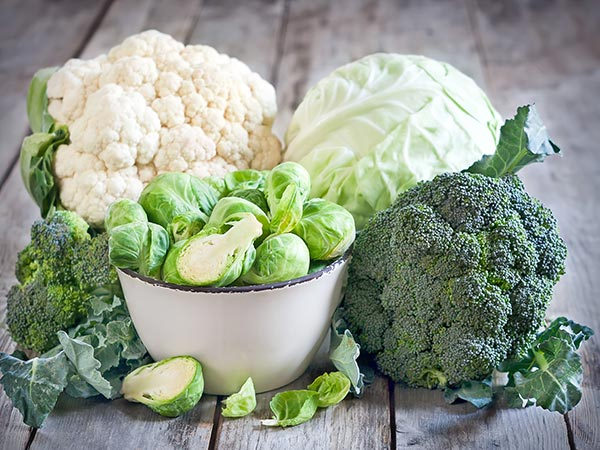
Cruciferous Vegetables -
Dandelions may appear to be garden weeds, yet their leaves are delicious and incredibly healthy. Dandelion greens have medium-sized leaves that are bright green and have uneven margins. They may be eaten fresh in salads, sautéed as a side dish, or incorporated into soups and pasta dishes. Because dandelion greens are bitter, they are frequently combined with additional tastes such as garlic or lemon.
Though there is little study on the precise health advantages of dandelion greens, they are high in calcium, manganese, iron, and vitamins A, C, and K. They also include the carotenoids lutein and zeaxanthin, which prevent cataracts and macular degeneration. Furthermore, dandelion greens are high in the prebiotics inulin and oligofructose, which encourage the formation of beneficial gut flora.

Dandelion Greens 
Dandelion Greens -
While the flesh and juice of citrus fruits such as lemons, oranges, and grapefruits are sweet or tart, the outer peel and white pith are bitter. This is due to the presence of flavonoids, which not only defend the fruit from pests but also offer several health advantages to humans. Citrus peels, in fact, have the highest concentration of flavonoids of any portion of the fruit. Hesperidin and naringin, two of the most common citrus flavonoids, are both potent antioxidants.
Citrus flavonoids may help fight cancer by lowering inflammation, increasing detoxification, and inhibiting the development and spread of cancer cells in test tubes and animals, but the human study is needed. If you want to eat the citrus peel, it can be grated and eaten as zest, dried and used in spice mixes, or candied and added to sweets.

Citrus Peel 
Citrus Peel -
Cranberries are bitter, sour red berries that can be eaten fresh, roasted, dried, or juiced. They include type-A proanthocyanidins, a kind of polyphenol that can inhibit germs from adhering to surfaces such as your body's tissues. This might help reduce bacterial tooth decay, lessen the chance of H. pylori infections in the stomach, and potentially prevent E. coli infections in your gut and urinary system. While many of these experiments were carried out in test tubes or on animals, the outcomes of human-based research are encouraging.
In one 90-day research, consuming around two cups (500 ml) of cranberry juice daily helped remove H. pylori stomach infections three times more efficiently than a placebo. Other research has found that taking cranberry tablets containing at least 36 mg of proanthocyanidins on a daily basis can considerably lower the occurrence of urinary tract infections (UTIs), particularly in women. Cranberries are extremely high in antioxidants, in addition to their antimicrobial qualities. In fact, they have the greatest content of any of the 24 most widely consumed fruits. This might explain why cranberry juice drinking has been associated with improved heart health, including lower inflammation, blood sugar, blood pressure, and lipid levels.
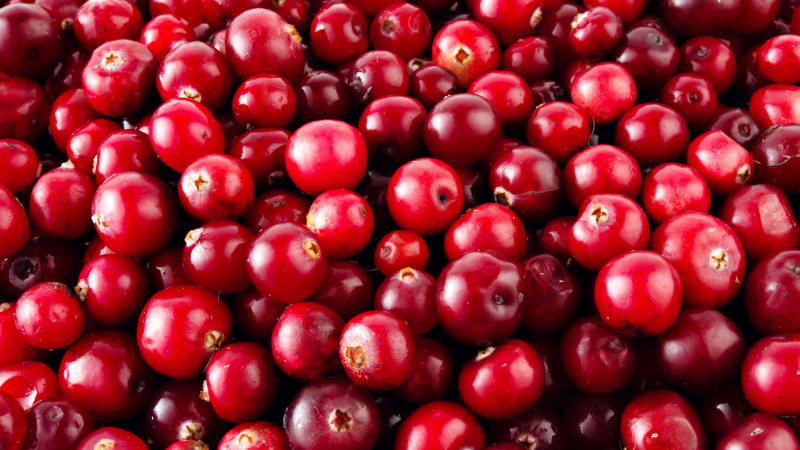
Cranberries 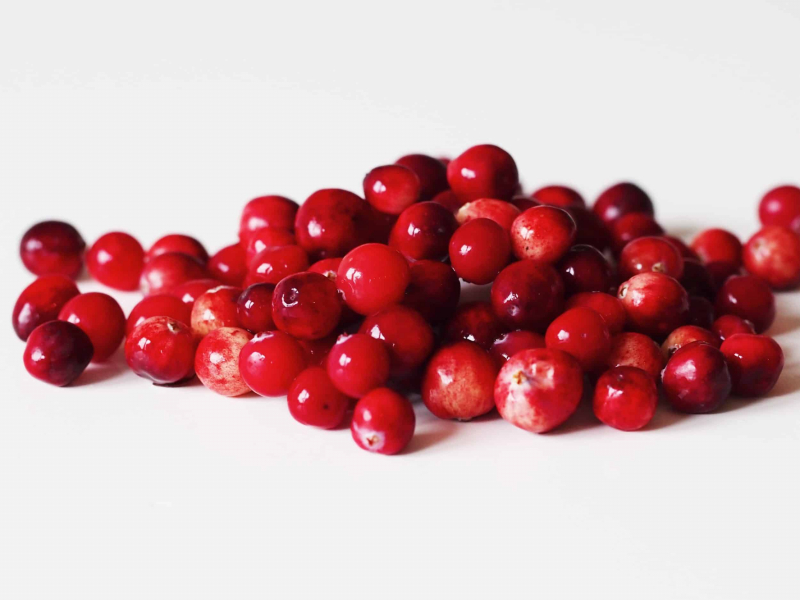
Cranberries -
Unsweetened cocoa powder is manufactured from cacao plant beans and tastes exceedingly bitter. It's commonly used in a number of sweets and may also be made into chocolate by combining cocoa butter, cocoa liqueur, vanilla, and sugar. According to research, persons who consume chocolate at least five times per week had a 56% reduced risk of heart disease than those who do not consume chocolate at all.
This is most likely due to cocoa's polyphenols and antioxidants, which help expand blood vessels and decrease inflammation, therefore protecting your heart. Cocoa is also high in trace minerals such as copper, manganese, magnesium, and iron. Unsweetened cocoa powder, cacao nibs, and extremely dark chocolate have the maximum antioxidant content and the least amount of sugar. As a result, they are nutritious additions to your diet.
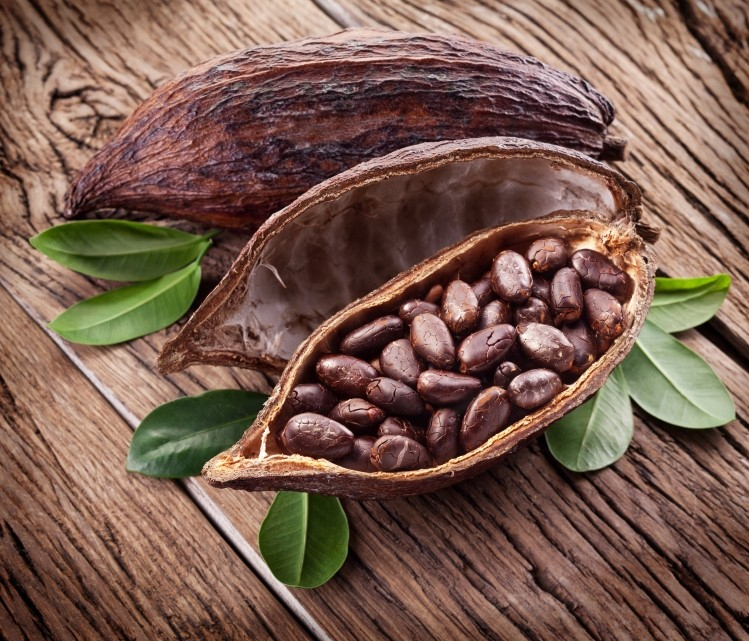
Cocoa 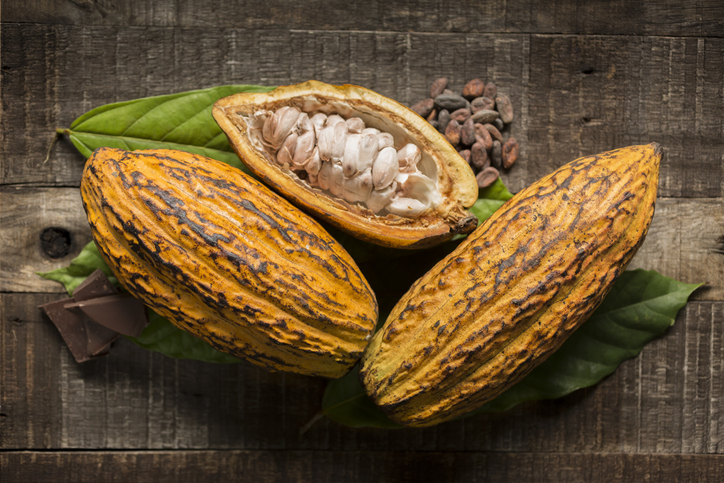
Cocoa -
Coffee is one of the most popular beverages in the world and the most abundant source of antioxidants in the American diet. Coffee, like most bitter foods, is high in polyphenols, which give the beverage its distinct flavor. Chlorogenic acid, one of the most common polyphenols in coffee, is a powerful antioxidant that is likely responsible for many of coffee's health advantages, including decreased oxidative damage and a lower risk of heart disease and diabetes.
According to studies, consuming 3-4 cups of coffee each day lowers your risk of mortality, cancer, and heart disease by 17%, 15%, and 18%, respectively, as compared to not drinking any coffee at all. A different study discovered that drinking one cup of coffee every day reduced your risk of type 2 diabetes by 7%. Caffeinated coffee may also protect against neurological illnesses such as Alzheimer's and Parkinson's disease, according to some studies, although more research is needed to determine why.

Coffee 
Coffee -
Green tea is another widely consumed beverage across the world. Because of the catechin and polyphenol concentration, it has a naturally bitter flavor. Epigallocatechin gallate, or EGCG, is the most well-known of these catechins. EGCG has been shown in animal and test-tube research to reduce the development of cancer cells, but it is uncertain if it has the same impact on people. While some studies suggest that frequent green tea users are less likely to acquire certain malignancies, not all studies have found a benefit.
Green tea also includes polyphenols, which are antioxidants and anti-inflammatories. These substances work together to prevent free radical damage and inflammation, perhaps lowering your risk of heart disease. In fact, only one cup of green tea each day is linked to a roughly 20% decreased risk of a heart attack. To get the most antioxidants, choose green tea over black or white tea.
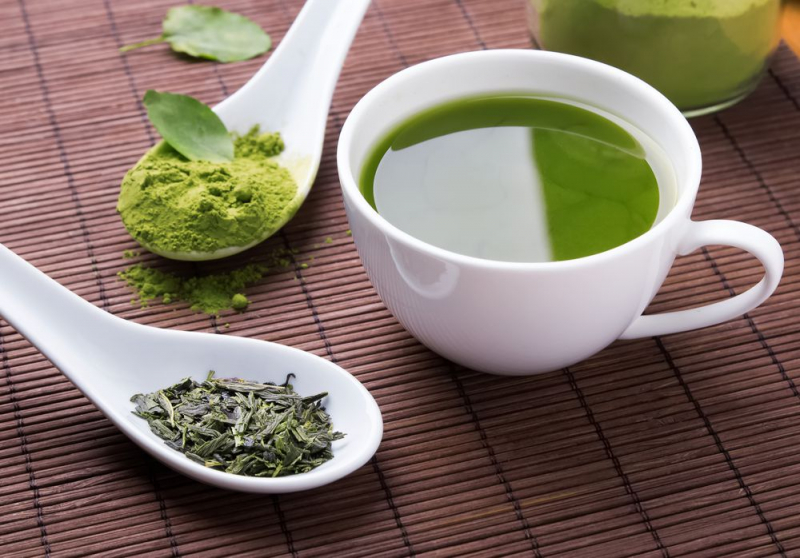
Green Tea 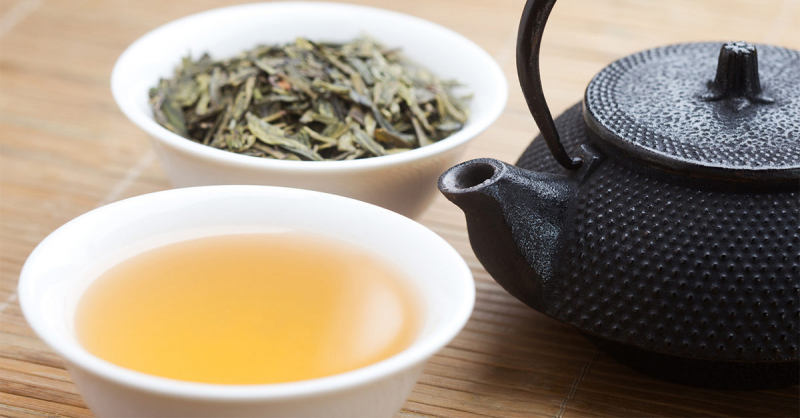
Green Tea -
Red wine includes two types of polyphenols: proanthocyanidins and tannins, which contribute to the wine's dark color and bitter flavor. The combination of alcohol and these polyphenols may lower your risk of heart disease by lowering cholesterol oxidation, decreasing blood clotting, and enlarging blood arteries. The newer study suggests that red wine may be beneficial to your stomach. According to one tiny study, consuming two glasses of red wine every day for one month enhanced the quantity of beneficial gut flora.
Furthermore, these alterations in gut microbes were linked to lower cholesterol levels and decreased inflammation. Other advantages of consuming red wine include increased lifespan and a reduced incidence of diabetes and osteoporosis. Keep in mind that excessive alcohol use can cause liver damage and other health concerns, so moderation is essential.

Red Wine 
Red Wine











